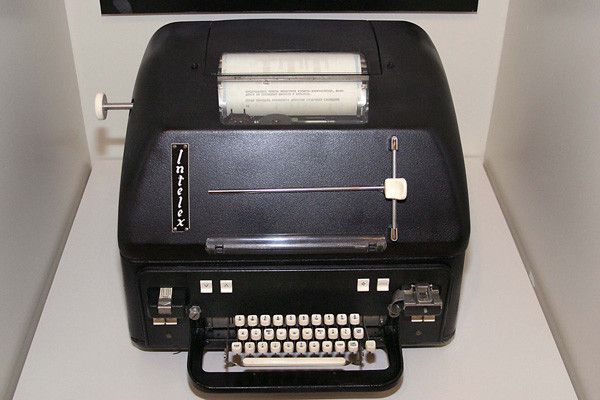Cuban Missile Crisis
How Debate and Diplomacy Stopped a War
Long Term Impacts

The hotline that was created between the Kremlin and the White House allowed diplomatic messages to be sent over a span of hours between messages. The hotline was also commonly referred to as the "red telephone." But in truth, it was not a telephone, and it was not actually red. This hotline was critical because it allowed the leaders to contact each other quickly in the event of an emergency.
Photograph of the Hot Line Teletype Machine. 8 June 2006. Docs Teach, National Archives
This Teletype machine was used as a direct line between the White House and the Kremlin as the desire for both nations to communicate easier became more desired.
Thanks to failing policy, Nikita Khrushchev was brought out of power only for Leonid Brezhnev to take his place. Khrushchev's policies were already in place and laid a path of western tolerance that the U.S.S.R. decided to take. As for Cuba, Fidel Castro (see right) was seen as a great leader for even pulling off an alliance with the Soviet Union in defiance to America and stayed in power until 2008. In the United States, John F. Kennedy's successful diplomacy with the Soviet Union was seen as a political win for the U.S. and helped the country's morale and opinion of Kennedy.

Fidel Castro. Foto: Ismael Francisco/ Cubadebate. 28 Sept. 2010.
Fidel Castro stayed in power until 2008 and died in 2012. He stayed in power in Cuba for 49 years and brought a communist regime for Cuba.
Next